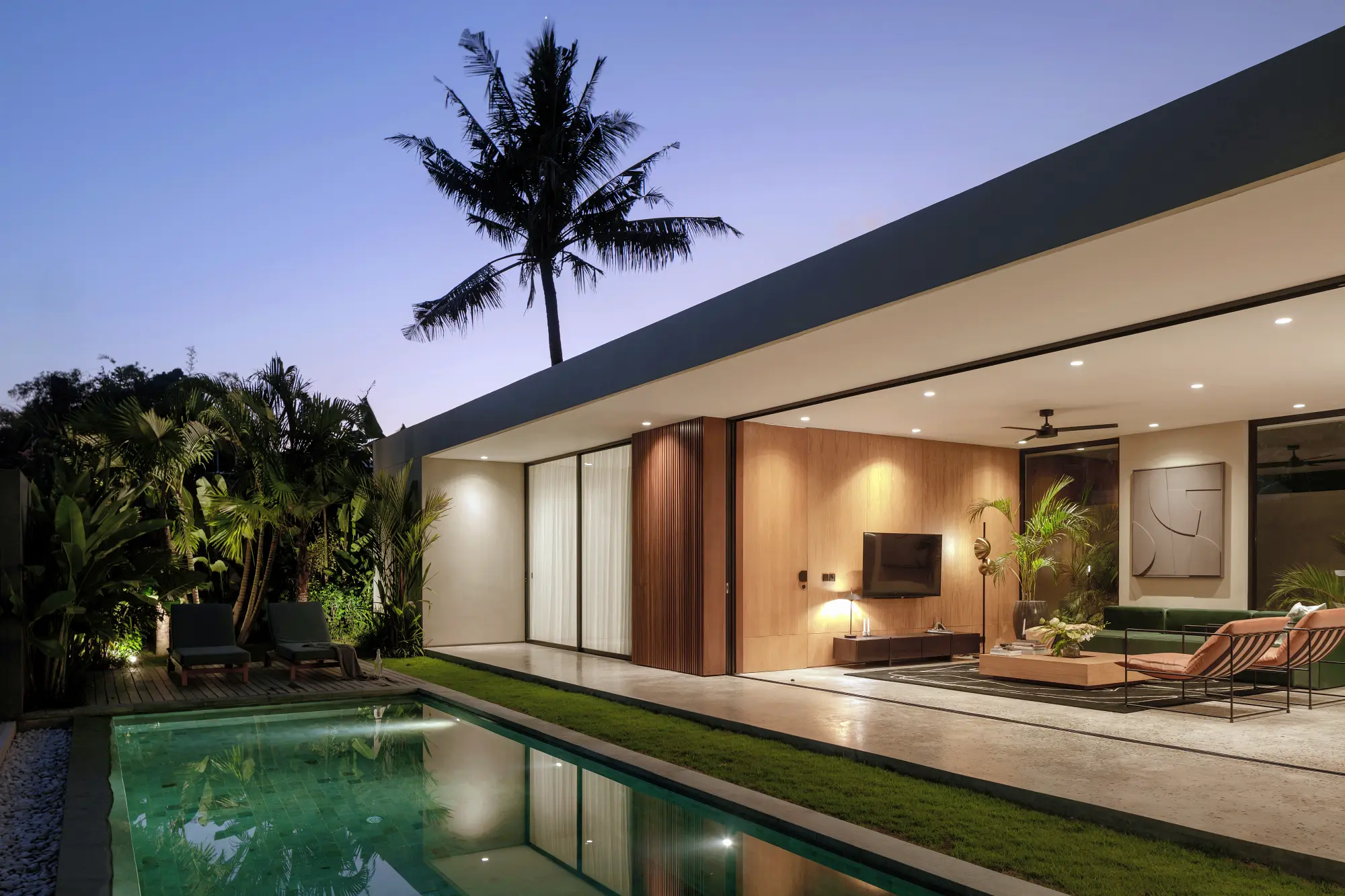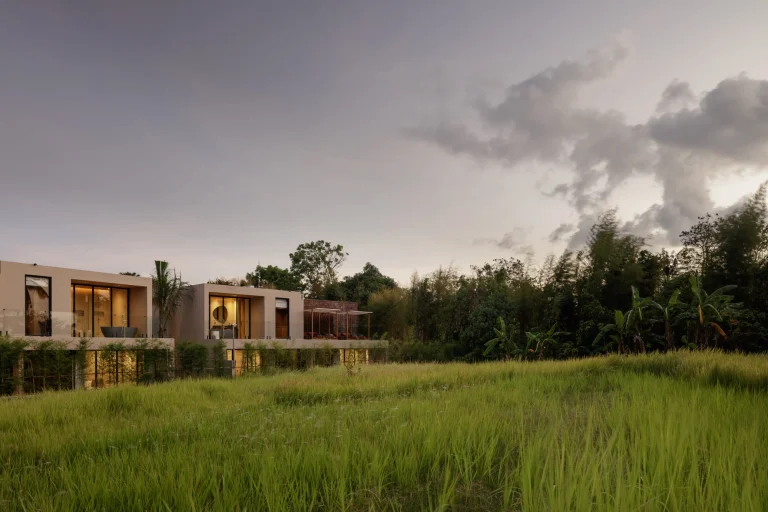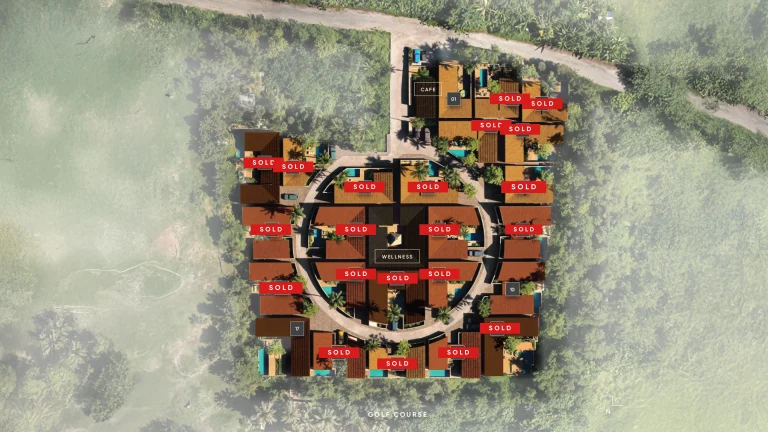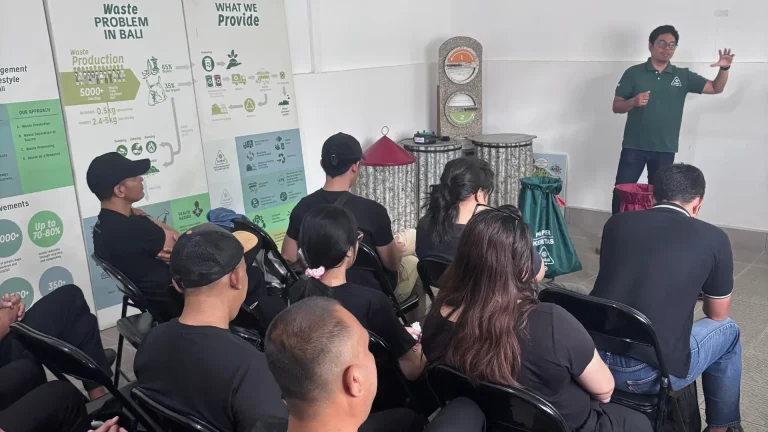
Tatlerasia.com, (AUSTRALIA) – Property trend report: Luxury real estate buyers value sustainability more than ever in 2024 By Sandhya Mahadevan
Commenting on the need for sustainable housing, American architect Michael Reynolds famously proclaimed: “This is not a moral issue, it’s not a spiritual issue, it’s not a political issue, it is a logical issue.” Reynolds is credited with building the first fully sustainable modern homes in the 1970s; dubbed “Earthships”, these off-grid, passive solar houses are made of both natural and recycled materials.
Sustainability in architecture is not a new concept, as creating functional, aesthetically pleasing and liveable spaces for individuals and communities that will stand the test of time is the very definition of good design. In recent years, this sentiment has also started to permeate consumer preferences, accelerating the integration of eco-friendly principles into mainstream architecture.

ABOVE Anantara Desaru Coast Residences by Minor International
One of the most significant reasons for this shift in buyer preferences was the Covid-19 pandemic, says Micah Tamthai, chief operating officer of lifestyle and real estate at Minor International. As a result of the lockdowns and thus more time spent at home, consumers became more aware of sustainability and the impact of their actions on the environment. “This has translated into a desire for balance in lifestyle, health, wellness and well-being, and sustainable living,” he says.
As much as we see the emergence of a conscious customer, it is not all about sustainability, but rather a new definition of the concept of luxury among high-net-worth (HNW) investors, says Johannes Weissenbaeck, chief executive officer of Oxo Group Indonesia. He terms them “neo-luxury investors”. “One of the key features of this mindset is its departure from traditional notions of luxury, which often involve material possessions and status symbols,” he explains. “Instead, the neo-luxury lifestyle places more emphasis on experiences, meaning, and personal fulfilment.”
In that respect, location, accessibility and luxury amenities remain imperative for HNW buyers, but their expectations and definitions of these parameters have markedly evolved.

ABOVE Managed by JLL, the Hayes Village luxury development in London is marketed to Asian buyers
“Nowadays, luxury homebuyers want more than just fancy features and elegant designs. They are also interested in properties that can adapt to uncertain times and provide a sense of safety and security,” says Terence Neo, founder of interior design firm EightyTwo. These demands for future readiness may differ based on location, and are also governed by factors such as climate, cultural preferences and government regulations: “For example, buyers in coastal regions may prioritise measures that help mitigate the impact of rising sea levels, while [those in] urban areas may focus on energy-efficient designs to combat air pollution.”
When looking at the region, while some places are playing catch-up, Knight Frank Asia Pacific’s Active Capital report points out that cities such as Singapore, Wellington, Sydney, Perth and Melbourne show the highest adoption of sustainable trends, says Christine Li, head of research at Knight Frank Asia Pacific. Having faced the prospect of isolation, the “prime” aspect of location considerations is increasingly redefined by factors such as good infrastructure and access to urban facilities, and tangible values such as proximity to family and friends and, importantly, nature. While not entirely underscored by sustainability, being close to their regular haunts helps minimise movement and indirectly decreases carbon emissions, says Li.

ABOVE Aura by Aqualand in Sydney, designed by Woods Bagot
Among Malaysian buyers of luxury real estate, “there’s a notable inclination towards properties that offer a balance of luxury and sustainability, where products integrating sustainability strategies tend to stand out and win, especially when compared to those with similar features and value”, she says. In Indonesia, foreign buyers, who dominate the luxury property market along with the country’s top one per cent, are looking at Jakarta, Bali and Batam. The main attraction is the emergence of master-planned developments catering to buyers’ appetites. “Sustainability is implemented to attract tenants or buyers, as these buyers show an increased interest in diversifying their portfolio with ‘green projects’,” says Li.
Sam Crispin, regional head of sustainability and ESG at Savills Asia Pacific, finds a generational divide in this adoption. “It is likely that the younger buyers are more concerned with sustainability, but most likely noting into the statements of the developer rather than anything deeper,” he adds.
Tammy Fahmi, senior vice president of global servicing and strategy at Sotheby’s International Realty, concurs that it has become a crucial consideration for younger customers. They want to know: “What sustainable features does the property offer? What green building materials does it feature? Has it received any green certifications?”

ABOVE A serene space crafted by EightyTwo
Commenting on Sydney’s luxury property market, Jason Fraser, principal at Woods Bagot, sees a shift in dominant purchasers from investors to owner-occupiers. “Many current buyers are older downsizers who are better informed about environmental considerations, particularly around health, wellness, and design quality. Top of mind are natural ventilation, integrated landscaping, and socially inclusive spaces,” he says.
“Generally, investors are primarily interested in the lifestyle benefits and financial return on investment associated with their property. Location and infrastructure are, of course, also key topics as these inversely spell good returns as well,” Weissenbaeck chimes in.
The overall considerations may remain tied to return on investment, but there is a definite link with a more informed and aware buyer, says James Puddle, head of international residential, Southeast Asia at real estate company JLL. “The types of developments they consider have changed, and they will often ask about the developer’s sustainability credentials and how energy-efficient the building is: what type of ventilation systems and windows are being used, and where and how the energy is produced.”

ABOVE A bedroom design by SuMisura
“Some of the most requested eco-friendly features include renewable energy sources such as solar panels, which reduce reliance on fossil fuels, as well as energy-efficient HVAC (heating, ventilation and air-conditioning) systems for their ability to optimise indoor comfort while minimising energy consumption and operating costs,” says Weissenbaeck. “Sustainable water-management systems, including greywater treatment, rainwater harvesting, and reverse osmosis water filtration, are another priority. These minimise water wastage, reduce reliance on municipal water sources, and promote conservation,” he adds.
In the event that the house does not meet the sustainability standards, buyers have prioritised “swapping out outdated heating and cooling systems for energy-efficient ones”, says Fahmi, before other considerations such as environmentally friendly irrigation systems, solar panels, and natural building materials. That is one question Fahmi insists buyers should ask: Does the home have the potential for integrating eco-conscious elements in the future?

ABOVE Resort living at Bali’s Natadesa Resort Residence, promoted by Knight Frank
This diligence extends to the interiors, where buyers are pushing the aesthetic limits to make their spaces havens of enhanced well-being while delivering environmental benefits, says Angela Lim, principal designer at Sumisura. Besides energy efficiency, “using renewable natural materials such as bamboo, wicker and rattan, low-emissivity glass that allows daylight in while blocking UV rays, having naturally ventilated spaces and clean indoor air are at the top of their wish lists”, she says, adding that “homeowners will often review their decisions along the way, upgrading or improving their material choices to be more sustainable, low maintenance and generally greener”.
“They also want to be prepared for any future pandemics by having home offices, flexible living spaces, top-of-the-line health and wellness, and smart home technologies,” adds EightyTwo’s Neo.

ABOVE Resort living One Menerung in Kuala Lumpur, promoted by Knight Frank
Many of the sustainable features that are becoming popular are actually part of traditional home design in Asia, rooted in the principles of feng shui, says Crispin; these include free-flowing air, natural light, proximity to water, and natural vegetation.
Nevertheless, the move towards informed luxury stands out, counters Puddle. “People are sophisticated enough to recognise beautiful detailing. And so, when we consider what we’re doing, it’s about material, detail, intelligent planning, and little moments of luxury and sustainability,” he adds.
Could these fundamental attitudinal shifts in investors’ mindsets and requirements have ever-so-slight leanings towards a fear of missing out?
“The majority of buyers see it as a feel-good factor for themselves or a green status symbol within their circles,” says Weissenbaeck. “In a recent study, Oxo conducted among 252 families in Bali, sustainability ranked fifth after education, access to nature, cost of living, and beach access. This is a good start.” Indeed.
Credits
Images Courtesy of respective firms


